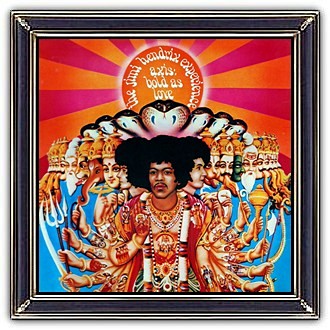Jimi Hendrix - Axis: Bold as Love
Hey! Hello! What about this?
release - 1967
album art - Roger Law (illustration)
David King, Paul Martin (design)
Donald Silverstein (photography)
cover front/back
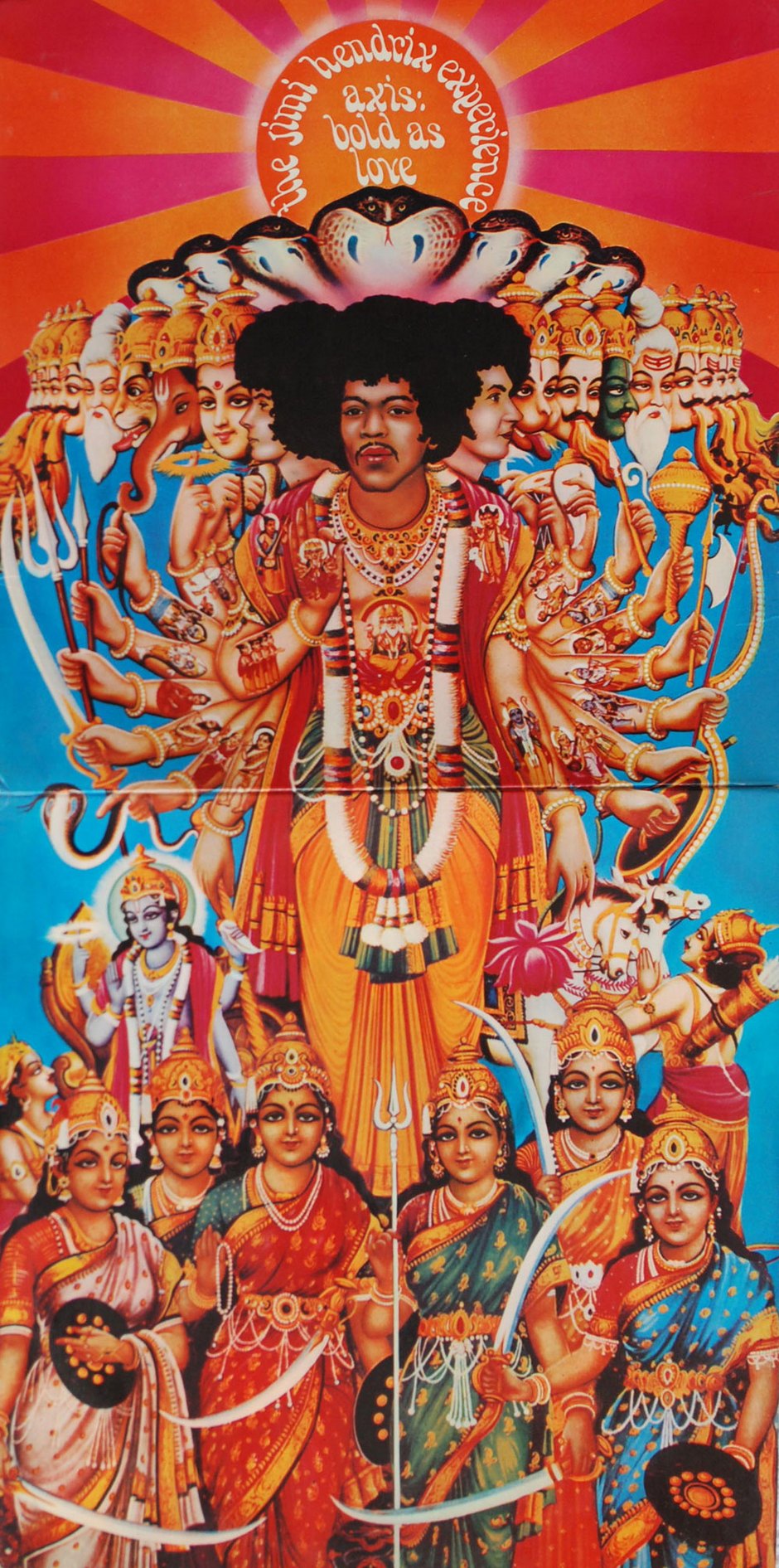
Hendrix expressed dismay regarding the album cover art, which depicts him and the Experience as various forms of Vishnu, incorporating a painting of them by Roger Law, from a photo-portrait by Karl Ferris.
Hendrix stated that the cover would have been more appropriate had it highlighted his American Indian heritage. He commented: "The three of us have nothing to do with what's on the Axis cover."
Unlike the previous album's cover art, both the UK and US editions featured the same image. The inside, however, was different.
UK issue - inside
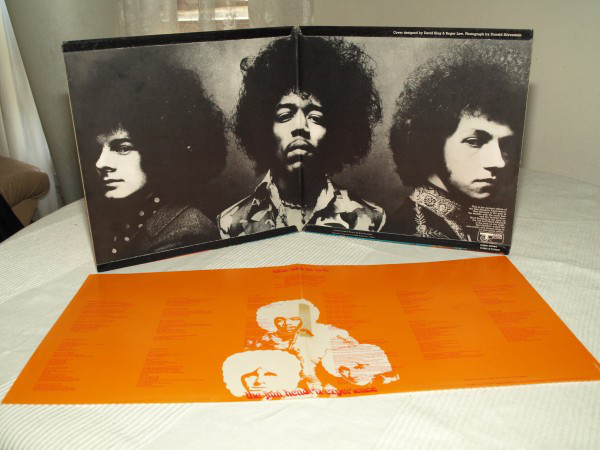
The original UK issue came in a gatefold sleeve with a large black and white portrait photo of the group by Donald Silverstein spread over the inside.
The original UK issue had also an orange sheet insert with overprinted lyrics in red. The allegedly high cost of this packaging was a topic of note in the music press.
US issue - inside
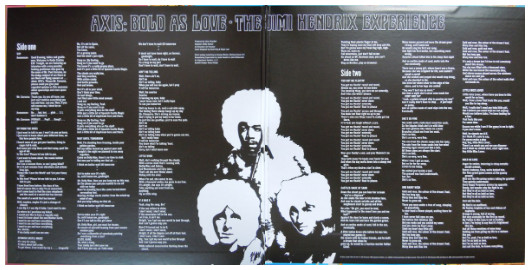
The US issue had no insert and instead of the group photo inside, had the lyrics.
In Europe, the Polydor issue had no lyrics but added a 1-inch-wide (25 mm) white border round the inside portrait, while the French dispensed with the original cover entirely and instead used a non-gatefold sleeve with a photo of the group taken from a recent French TV show on the front.
artist
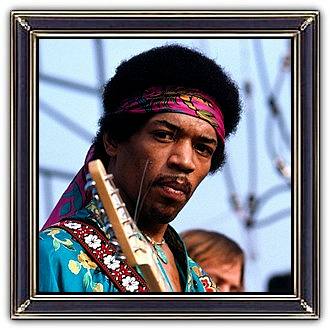
<James Marshall 'Jimi' Hendrix (born Johnny Allen Hendrix; November 27, 1942 – September 18, 1970) was an American rock guitarist, singer, and songwriter. Although his mainstream career spanned only four years, he is widely regarded as one of the most influential electric guitarists in the history of popular music, and one of the most celebrated musicians of the 20th century.
Hendrix favoured overdriven amplifiers with high volume and gain, and was instrumental in utilizing the previously undesirable sounds caused by guitar amplifier feedback. He helped to popularize the use of a wah-wah pedal in mainstream rock, and was the first artist to use stereophonic phasing effects in music recordings.
His third and final studio album, Electric Ladyland, reached number one in the US.<
also in gallery










